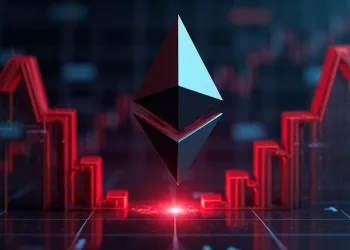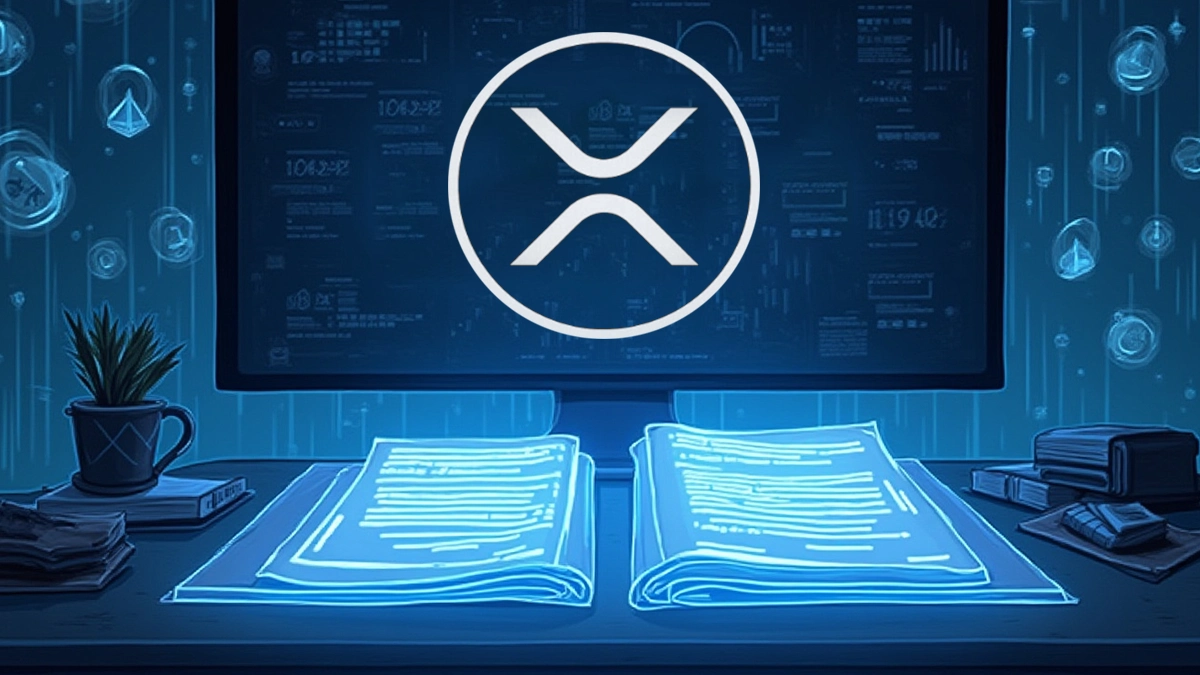- Ethereum together with its Layer-2 networks experiences approximately $2.5 billion in monthly losses to Solana and Sui and their speedier as well as more budget-friendly protocols.
- Developer interest in Ethereum development has taken a steep decline because developers now focus on AI and new blockchain platforms.
- Ethereum Layer-2 solutions have shown limited success in halting user movement despite their fee reductions since tokens continue to decline in value.
Ethereum, the blockchain once regarded as the bedrock of decentralized innovation, is currently navigating one of its most testing periods since inception. New blockchain data indicates a prolonged decrease in the fundamental network activity and user participation while developer involvement keeps sinking.This trend is raising critical questions about Ethereum’s long-term viability amid growing competition and shifting market dynamics.
Declining Activity and Escalating Outflows
Network metrics indicate a 33% drop in overall activity over recent months. . The decrease in blockchain activity results in substantial capital movements from Ethereum toward other blockchains including Hyperliquid as well as Solana and Sui. The monthly outflow for Ethereum alongside Arbitrum and Base stands at about $2.5 billion based on calculations. The outflow trend grows stronger as both retail and institutional investments create equivalent capital movements in addition to fund reallocations.
Market Pullback and Developer Retreat Signal Deeper Structural Challenges
The Ethereum market has experienced substantial decline which creates a price range between $1,600 and $1,700 while its peak in December 2024 exceeded $4,000. Ethereum market value dropped significantly at the same time as Ethereum-focused exchange-traded fund investors withdrew their assets. The ETH/BTC ratio shows decreasing trends which indicates Bitcoin performs better than Ethereum as investor confidence declines for Ethereum.
As of April 24, Ethereum was trading at $1,771.77, reflecting a 1.21% price decline over the previous 24 hours. The market capitalization experienced a 1.28% decrease to reach an approximate value of $213.91 billion. The trading volume decreased significantly by 27.35% reaching $19.41 billion which indicated deteriorating market sentiment combined with reduced market operations.
The developer community responsible for blockchain innovation now participates at rates that match the slow period of 2018 market decline. The technology market is shifting its focus from artificial intelligence alongside new emerging networks according to expert analyst findings.
Layer-2 Scaling Solutions Show Mixed Results
Layer-2 rollouts failed to achieve their core benefit of bolstering user retention and transaction cost reduction after being first implemented for these purposes. The decline in Ethereum’s transaction fees below $1 did not stop users from migrating to alternative chains that deliver better throughput speed. Layer-2 tokens showed weak performance because STRK and Blast together with other major assets experienced price declines exceeding 50% during their initial months after release.
Strategic Uncertainty Ahead
To address criticism Ethereum executives have introduced privacy features while considering a movement to RISC-V as an architectural base to improve module independence. The current market indications show a preference for fast operation and interoperability and AI capabilities which seem to oppose Ethereum’s commitment to privacy features.
The current situation for Ethereum remains difficult to predict as it stands at a critical decision point. The network faces a risk of additional decline because it lacks vital strategic changes and developer power has decreased in a marketplace that grows more competitive.














